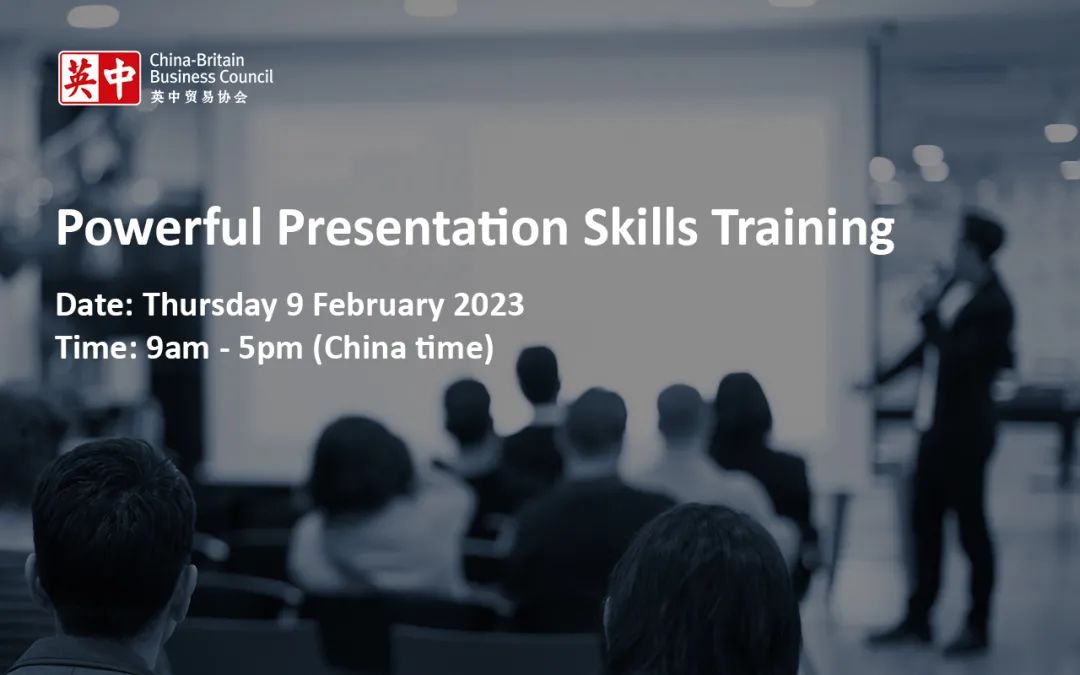Modules
Module 1
Presentation Challenge - The World’s Leading Expert
Theory and Application
We put trainees “in at the deep end” with an extreme challenge right from the start. Trainees generate challenging yet fun topics which they then have to deliver to the audience without any preparation time at all! This is the perfect way to evaluate natural delivery skills.
Practice and Evaluation
Deliver the presentation and receive some powerful feedback from our facilitator on your most natural styles of presenting & communicating. Afterwards, teams will brainstorm all of the methods they would develop if they were to play this game every day for 30 days.
Module 2
Audience Analysis - The 3P’s (People / Purpose / Payoff)
Theory and Application
We need a simple but effective way for every participant to plan their presentation. By using the guiding principles of People, Purpose and Payoff we ensure that our presentation is truly customised to each audience.
Practice and Evaluation
Participants think about an upcoming business-related presentation that they will need to deliver and create their own version of the 3 P's. They then work with a partner to explain to ensure that they have the right details.
Module 3
Structuring Your Presentation with the Message Map via the Post-it Method
Structuring your presentation with the Message Map (via the Post It Method): It is essential to structure your presentation in a logical, memorable, and effective manner. Using the Post-It method, prepare the WHAT and HOW of your content to really shine. The Message Map presentation structure helps us plan the entire presentation, from the main topic and value proposition of the presentation, to the three main ideas, to supporting evidence and examples, in a systematic and highly effective way. Once we’ve mapped out the structure, we can refine the language, visual support, and examples in ways that will hook and engage our audience. Doing it with Post-Its frees us from the most common trap in presentation planning: "Franken-slide's monster," and lets us improve the flow and structure of our presentation quickly, especially as we move on to consider elements such as Emotional Impacting.
Theory and Application
Most staff once tasked with creating a presentation are quick to open up their laptop and begin dropping information into Power point. This usually results in presentations that deliver information overload and are unclear in their path. We use Post-it’s to create a short, clear 6-7 step story that guides the presenter to keep their storyline clear, simple and engaging.
Practice and Evaluation
Trainees create their own “overarching message” and “topic headings” using post-its, then by sharing their storyline with a colleague, receive valuable feedback as to the effectiveness and impact of the communication. After feedback they modify their structure until the message is compelling.
Module 4
Structuring Your Presentation with the Message Map via the Post-it Method
Structuring your presentation with the Message Map (via the Post It Method): It is essential to structure your presentation in a logical, memorable, and effective manner. Using the Post-It method, prepare the WHAT and HOW of your content to really shine. The Message Map presentation structure helps us plan the entire presentation, from the main topic and value proposition of the presentation, to the three main ideas, to supporting evidence and examples, in a systematic and highly effective way. Once we’ve mapped out the structure, we can refine the language, visual support, and examples in ways that will hook and engage our audience. Doing it with Post-Its frees us from the most common trap in presentation planning: "Franken-slide's monster," and lets us improve the flow and structure of our presentation quickly, especially as we move on to consider elements such as Emotional Impacting.
Theory and Application
Most staff once tasked with creating a presentation are quick to open up their laptop and begin dropping information into Power point. This usually results in presentations that deliver information overload and are unclear in their path. We use Post-it’s to create a short, clear 6-7 step story that guides the presenter to keep their storyline clear, simple and engaging.
Practice and Evaluation
Trainees create their own “overarching message” and “topic headings” using post-its, then by sharing their storyline with a colleague, receive valuable feedback as to the effectiveness and impact of the communication. After feedback they modify their structure until the message is compelling.
Module 5
Structuring Your Presentation – Emotional Impacting
Theory and Application
For a presentation to be successful it needs to generate the right emotions at the right time. We look at how the structure of each presentation can generate an entirely different response from your audience and how by being upfront with the negative information, we can deliver honest and genuine communication.
Practice and Evaluation
Trainees evaluate each of the different structures delivered and analyse them in order to choose the most effective for their upcoming presentations.
Module 6
Delivering Compelling Experiences
Theory and Application
Every presenter has nuggets of gold they could share with their audience that are key pieces of experience relating to the current issue. We need to ensure that these are delivered in the right way to maximise our influence.
Practice and Evaluation
Group Activity: Teams work together to review each team member’s experience sharing. Feedback is given to maximise the impact and value.
Module 7
Ensuring Your Power Point Communicates
Theory and Application
There are a number of PowerPoint best practices that we need to use in order to ensure that our presentations are professional, elegant and communicate effectively. We take a look at tips ranging from "reduce your words" to "adding elegant animation".
Practice and Evaluation
Trainees practice using the tips on one of their recent PPT files to create their own "before" and "after" example.
Module 8
Shoot the Presenter – Dealing with Difficult Questions
Theory & Application
A tough question at the end of a presentation can be the make or breaking point. We need to be ready and able to deal with anything that the audience throws at us.
Evaluation & Practice
We give everyone the opportunity to both give and receive the toughest questions they can imagine in a special learning session to get your team ready!




